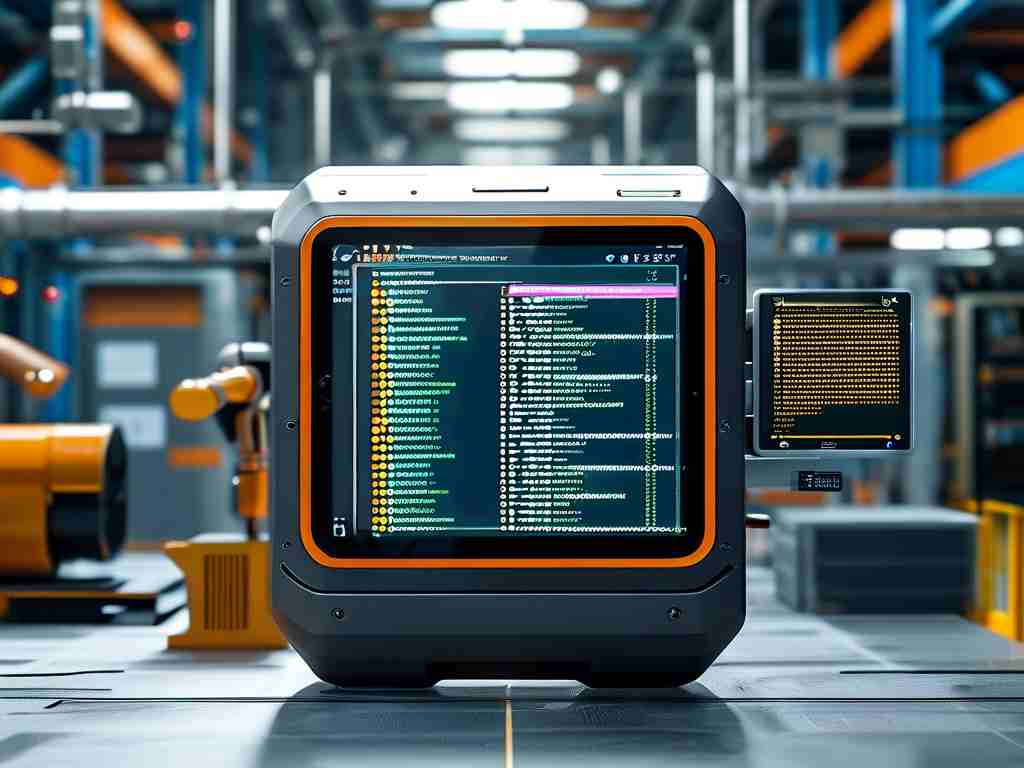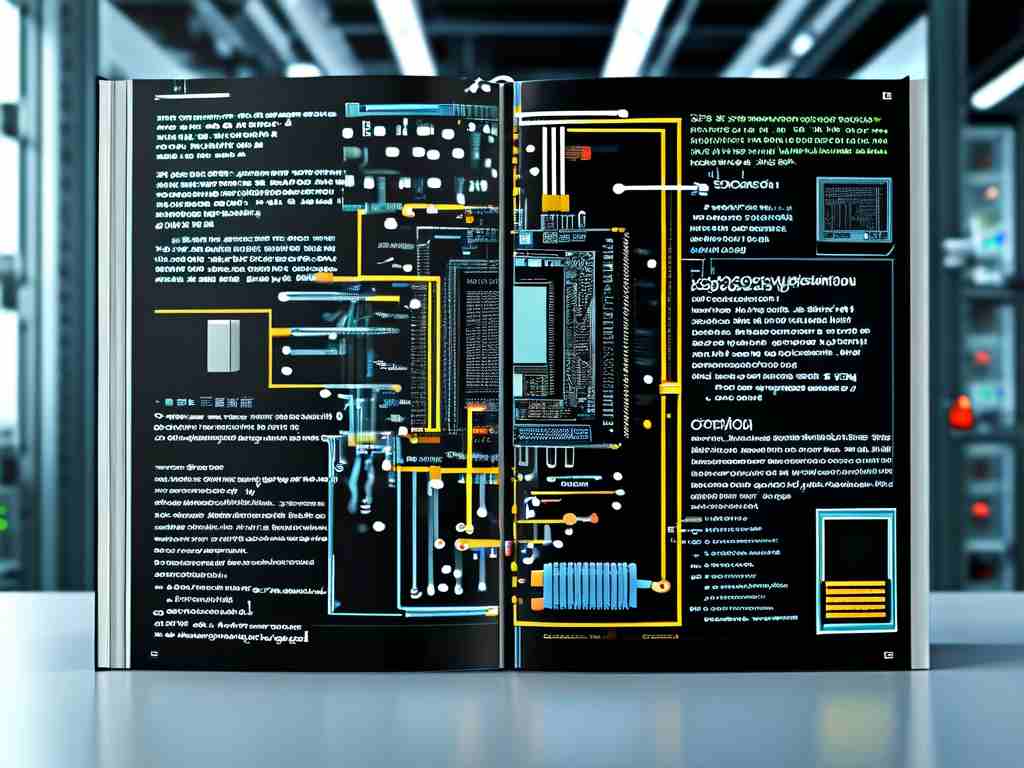In the rapidly evolving field of embedded systems development, the C programming language remains a cornerstone for engineers and developers. Its efficiency, portability, and low-level hardware control make it indispensable for designing resource-constrained devices. This article explores how C continues to shape embedded applications, offering practical insights and code examples to demonstrate its relevance in modern development workflows.

The Role of C in Embedded Environments
Embedded systems demand precise control over hardware resources, and C excels in this domain due to its minimal abstraction layer. Unlike higher-level languages, C allows direct memory manipulation through pointers and register-level access, critical for tasks like configuring microcontrollers or optimizing sensor data processing. For instance, configuring a GPIO pin on an ARM Cortex-M chip can be achieved with concise C code:
#define GPIO_PORT_A (volatile uint32_t*)0x40020000
void configure_led() {
*(GPIO_PORT_A + 0x08) |= 0x01; // Set pin 0 as output
}
This level of hardware interaction is challenging to replicate in languages like Python or Java, which prioritize ease of use over granular control.
Memory Efficiency and Real-Time Performance
Embedded devices often operate with limited RAM and flash memory. C’s lean runtime footprint ensures applications fit within these constraints. Dynamic memory allocation, while possible via malloc(), is typically avoided in safety-critical systems. Instead, developers pre-allocate buffers or use stack-based memory management:
void process_sensor_data() {
uint8_t buffer[256]; // Stack-allocated buffer
// Process data without heap usage
}
Real-time operating systems (RTOS) like FreeRTOS or Zephyr rely heavily on C for task scheduling and interrupt handling. The language’s deterministic execution timing aligns with the strict deadlines required in automotive or industrial automation systems.
Cross-Platform Compatibility
C’s standardization (ANSI/C99) ensures code portability across diverse architectures. A driver written for an 8-bit AVR microcontroller can often be adapted for a 32-bit STM32 platform with minimal changes. This flexibility reduces development time when migrating between hardware generations. For example, a UART initialization routine might differ only in register addresses:
#ifdef STM32F4
USART1->BRR = 0x683; // Baud rate for STM32
#elif AVR_ATMEGA328
UBRR0H = 0x00; // Baud rate for AVR
#endif
Challenges and Modern Alternatives
Despite its strengths, C presents challenges. Manual memory management increases the risk of leaks or buffer overflows, and the lack of built-in concurrency support complicates multicore system design. Languages like Rust have emerged as alternatives, offering memory safety without sacrificing performance. However, Rust’s adoption in embedded systems remains limited due to toolchain immaturity and a smaller ecosystem of hardware-specific libraries.
Case Study: IoT Sensor Node
Consider a low-power IoT device collecting environmental data. A typical firmware stack might include:
- C-based drivers for SPI/I2C sensors
- An RTOS for task management
- A lightweight TCP/IP stack (e.g., lwIP)
void main() {
init_sensors();
wifi_connect();
while(1) {
float temp = read_temperature();
send_to_cloud(temp);
enter_low_power_mode();
}
}
This implementation highlights C’s ability to integrate hardware control with network protocols while maintaining energy efficiency.
Future Outlook
While newer languages gain traction, C’s dominance in embedded systems persists. The 2023 Embedded.com survey revealed that 68% of firmware projects still use C as the primary language. Its longevity stems from decades of optimized compilers, debuggers, and vendor support. As quantum computing and AI edge devices emerge, C will likely adapt through compiler extensions rather than being replaced entirely.
In , C remains vital for embedded development due to its unmatched control over hardware and proven reliability. Developers must balance its raw power with disciplined coding practices to mitigate risks. As the IoT and edge computing landscapes expand, C’s role may evolve but is unlikely to diminish in the foreseeable future.









